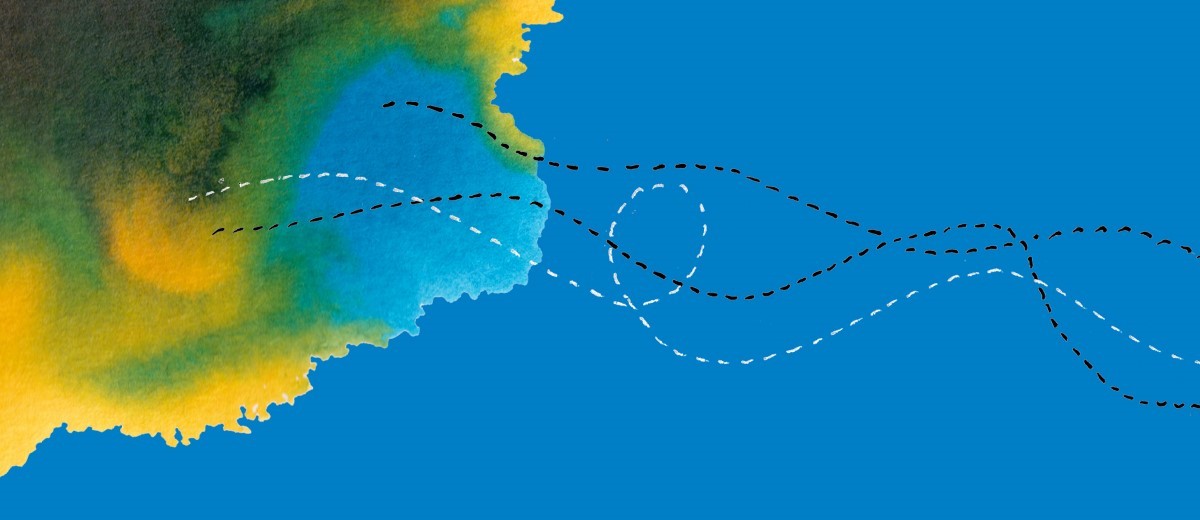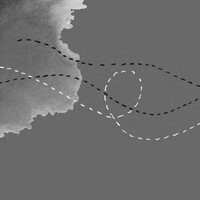Geographic Origins
Cymru, Wales, occupies a wide peninsula on the west coast of the island of Great Britain on the Irish Sea.
History of Immigration and Settlement
Welsh people have been arriving in South Australia with other migrants from the British Isles since the early years of the colony. Most of those who arrived in the first half of the nineteenth century worked in the mining industry.
The discovery of copper at Kapunda in 1843 and Burra in 1845 prompted significant numbers of Welsh miners and smeltermen to emigrate to South Australia. In 1846 there were 300 Welsh-born people in South Australia. Within five years this number had tripled.
In the 1840s, a group of Welshmen from Swansea arrived in Burra to smelt copper ores. Others from the same area or from the Glamorgan region followed. Initially they lived in ‘dug-outs’ next to Welsh Creek, but from 1855 the small town of Llwchwr was established in Burra North, named after a village near Swansea. Llanelli and Aberavon Streets in this township were also named after Welsh villages.
By 1849 there were two Welsh chapels in the town, one Baptist, the other Congregationalist. In this year William Meiron Evans from Llanfrothen in Merionethshire, Wales, was living in Burra. Evans acted as a Methodist lay-preacher. In Burra he held church services in the Welsh language. He is credited with being the first person in Australia to hold religious services in Welsh.
The impact of Welsh miners on Burra is evident today. Distinctive square Welsh chimney-stacks still stand on the site of the Monster Mine.
Groups of Welshmen also emigrated to South Australia to work the mines of Wallaroo and Moonta. Welsh communities were evident in these towns by the 1860s and 1870s.
Welsh people were prominent in the movement for Australian federation, and in the evolution of the Australian Labor Party. Thomas Price, South Australia’s first Labor premier, was of Welsh birth. He held office from 1905 until 1909.
There have not been any substantial waves of migration from Wales to South Australia in the twentieth century. Welsh people have come as individuals or small family groups. Information from the Department of Immigration, Local Government and Ethnic Affairs includes their numbers under the United Kingdom category.
Community Activities
In October 1927, Reverend David Morgan, Messrs A Turner, WJ Evans, CH Evans, R Ashton, ET Jenkins, G Young and S Pope met at the home of Mr and Mrs Gilbert Jones at College Park. They wanted to organise people of Welsh birth and descent into a body, irrespective of denominational or political sympathies. The meeting led to the formation of the Cambrian (Welsh) Society of South Australia. At a subsequent meeting at Stowe Hall, Adelaide, Reverend David Morgan was elected as president. The Honourable FW Conebeer, a South Australian Member of Parliament, was one of the society’s vice presidents. Within months the society had a membership of around 150. In the following year the society formed a choir. Up until 1960 members of the society met new arrivals on the docks at Port Adelaide and offered them assistance and support. The society’s motto is Cas ŵr ni charo’r Wlad a’i mago - Despised is the person who does not love the land of their birth.
Another South Australian Welsh organisation, Cyfeillion Cymru (Friends of Wales), was founded in 1978.
These two organisations conduct numerous activities to promote Welsh culture. Gymanfa Ganu is a singing festival held every two years, usually in March. The Cambrian Society holds Gymanfa Ganu at the Flinders Street Baptist Church. Often the Metropolitan Male Voice Choir is a guest performer. Harpists, soloists and duets present traditional tunes. The congregation sings hymns set to Welsh tunes. Gymanfa Ganu has been known to attract up to 500 people.
Noson Lawen, merry evenings, are held annually. The Cambrian Society usually holds Noson Lawen at the Flinders Street Baptist Church Hall. Performers sing or play traditional Welsh music, and read poetry.
Annual Saint David’s Day Dinners are held on 1 March Dewi Sant, Saint David, is the patron saint of Wales. He was believed to have lived during the fifth and sixth centuries. According to legend, Saint David was born into a prominent Welsh family and studied theology under Saint Paulinus. Saint David is credited with founding a number of Welsh monasteries, including Saint David’s Cathedral at Mynyw, also called Menevia, in south-west Wales. It is believed that Saint David served as the head of the Welsh church. Welsh South Australians honour his Saint’s Day on 1 March with a traditional community meal.
The Cambrian Society of South Australia participates in Celtic festivals throughout the state. Members dress in Welsh costumes and present exhibitions of Welsh crafts. The society also entertains visiting Welsh performers and choirs.
Organisations and Media
- The Cambrian (Welsh) Society of SA Inc.
- Cyfeillion Cymru (Friends of Wales) Inc. publishes Y Ddolen, a quarterly newsletter
Statistics
The 1981 census recorded that there were 3,160 people of Welsh birth in South Australia.
The 1986 census recorded 3,389 Wales-born South Australians. 7,667 people said that they were of Welsh descent.
According to the 1996 census there were 3,261 Wales-born South Australians. The second generation Welsh being larger than the first numbering 3,500.
The 2001 census recorded 2,895 Wales-born South Australians, while 7,726 people said that they were of Welsh descent.
The 2006 census recorded 2,742 Wales-born South Australians, while 10,240 people said that they were of Welsh descent.
The 2011 census recorded 3,043 Wales-born South Australians, while 11,005 people said that they were of Welsh descent.
The 2016 census recorded 2,839 Wales-born South Australians, while 12,260 people said that they were of Welsh descent.




Add your comment